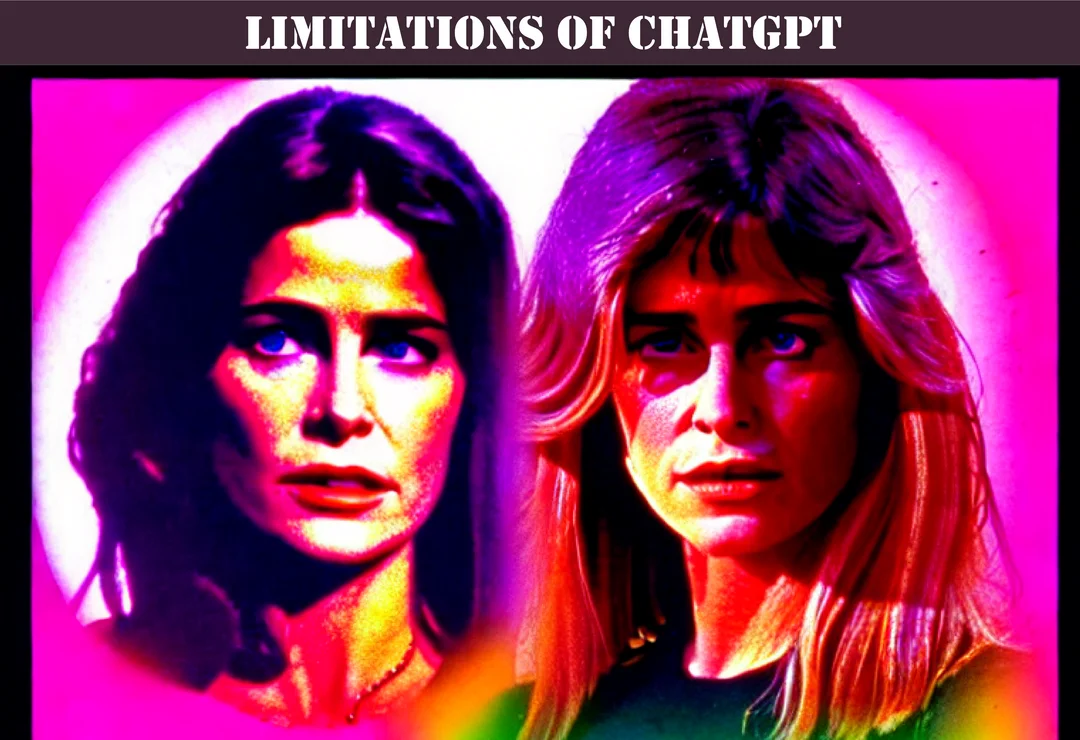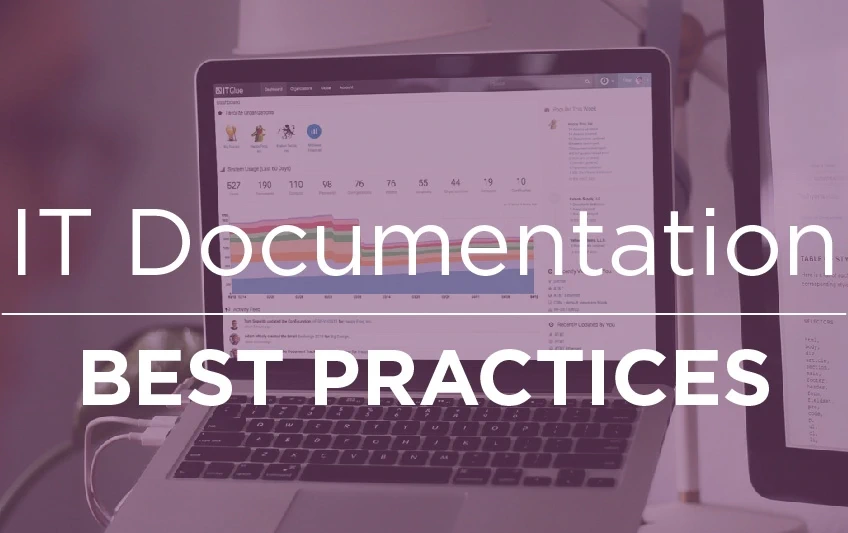Limitations of ChatGPT for Technical Writing 2025

As a language model powered by the GPT-3.5 architecture, ChatGPT has quickly become a popular tool for a wide range of applications, including technical writing. Its ability to generate coherent and contextually relevant text has made it a go-to resource for many writers and businesses. However, as with any technology, there are limitations to what ChatGPT can do, particularly when it comes to technical writing.
In this essay, I will explore the fundamentals and basics of these limitations, drawing on expert analysis and personal experience using ChatGPT. It is important for technical writers to understand these limitations so they can use ChatGPT responsibly and effectively, without relying too heavily on its capabilities.

1 Hour Consult $250
IT Glue Based Strategies
Consistent Trustworthy Technical resources Is The Last Competetive Advantage For organizations.
FASTPASS HEREOne limitation of ChatGPT in technical writing is its inability to fully understand context. While ChatGPT is trained on a vast amount of text, it lacks the ability to fully comprehend the nuances and subtleties of language in context. This can lead to mistakes or inaccuracies in technical writing that can be costly or even dangerous. For example, a technical term may have different meanings depending on the context in which it is used, and ChatGPT may not be able to distinguish between these meanings.
Another limitation is the lack of real-world experience that ChatGPT has. ChatGPT is trained on textual data only, which means that it may not have the real-world experience necessary to fully understand certain technical tasks. For example, a technical task may require physical manipulation of a device or equipment, which ChatGPT cannot perform.
Additionally, ChatGPT may perpetuate bias in its responses due to the biases present in its training data. This is a concern in technical writing, where accuracy and objectivity are crucial. For example, ChatGPT may use language that perpetuates gender or racial biases, which can be harmful and offensive.
While ChatGPT has many strengths as a language model, these limitations must be taken into account when using it for technical writing. Technical writers should use ChatGPT responsibly and effectively, combining it with human review and feedback to ensure accuracy and quality.
In the United States, where technical writing is a critical component of many industries, it is especially important for writers and businesses to understand the limitations of ChatGPT. By doing so, they can use this powerful tool to its fullest potential, while still ensuring accuracy, quality, and objectivity in their technical writing.
Lack of Understanding of Context
One of the fundamental limitations of ChatGPT in technical writing is its lack of understanding of context. While ChatGPT is a highly sophisticated language model that has been trained on vast amounts of text, it does not have the same level of contextual awareness as a human writer. This can lead to inaccuracies and mistakes in technical writing that can be costly or even dangerous.
For example, technical writing often involves the use of specialized terminology that has different meanings depending on the context in which it is used. ChatGPT may not be able to distinguish between these meanings, leading to confusion or errors in technical writing. In some cases, this could even result in serious consequences, such as miscommunication in a medical setting or errors in software programming.
To illustrate this point, consider the following sentence generated by ChatGPT in response to a technical writing prompt:
"Connect the wires to the terminal and tighten the screw until it is secure."
On the surface, this sentence seems perfectly reasonable and straightforward. However, without a proper understanding of the context, it is possible that ChatGPT has misunderstood the technical task at hand. For example, it may not be aware of the specific type of terminal being used or the level of torque required to secure the screw. This could lead to errors in the execution of the task, potentially causing damage to equipment or putting people at risk.
In order to mitigate this limitation, technical writers must exercise caution when using ChatGPT for technical writing. They should carefully review the text generated by ChatGPT to ensure that it accurately reflects the intended meaning and context of the technical task. Additionally, they should supplement ChatGPT with their own knowledge and expertise to fill in any gaps in understanding.

1 Hour Consult $250
IT Glue Based Technical resources
Get On The AI Technical resources Superhighway Today.
FASTPASS HERELack of Real-World Experience
Another limitation of ChatGPT in technical writing is its lack of real-world experience. ChatGPT is a language model that has been trained on textual data, which means that it may not have the same level of experience with technical tasks as a human writer. This can make it difficult for ChatGPT to fully understand and accurately describe certain technical tasks that require physical manipulation of equipment or devices.
For example, consider the following technical writing prompt:
"Install the new graphics card into the PCI Express slot and connect the power cable to the graphics card."
While this task may seem straightforward to a human writer with experience in computer hardware, it may be more difficult for ChatGPT to accurately describe. This is because ChatGPT may not have experience with physically installing computer hardware or understanding the specific requirements of different types of graphics cards.
To address this limitation, technical writers should use ChatGPT in conjunction with their own knowledge and expertise. They should carefully review the text generated by ChatGPT to ensure that it accurately reflects the technical task at hand. In cases where physical manipulation of equipment is required, technical writers may need to supplement ChatGPT with images or diagrams to provide a more detailed understanding of the task.
Limitation: Bias in ChatGPT Responses in Technical Writing
Another significant limitation of ChatGPT in technical writing is the potential for bias in its responses. ChatGPT is a language model that has been trained on vast amounts of textual data, which means that it may be susceptible to the biases present in that data. In technical writing, where accuracy and objectivity are crucial, this can be a serious concern.
The Impact of Biased Responses in Technical Writing
The potential for bias in ChatGPT responses can have significant implications for technical writing. For example, ChatGPT may use language that perpetuates gender or racial biases, which can be harmful and offensive. This could lead to inaccuracies or inappropriate language in technical writing, which could undermine the credibility and objectivity of the text.
Furthermore, biased responses could also result in technical writing that fails to consider the diverse perspectives and experiences of its readers. This could make technical writing less accessible and relevant to a wider audience, limiting its potential impact.
Addressing Bias in ChatGPT Responses
To address the potential for bias in ChatGPT responses, technical writers must take a proactive approach. One key strategy is to carefully review the text generated by ChatGPT to identify any biases or problematic language. This can involve using tools such as gender analysis software or performing manual reviews to flag potentially biased responses.
Additionally, technical writers can work to supplement ChatGPT with their own expertise and knowledge, providing context and information that may not be captured by the language model alone. This can help to ensure that technical writing is accurate, objective, and inclusive.
Addressing Limitations in ChatGPT for Technical Writing
While ChatGPT is a powerful tool for generating text in technical writing, it is not without its limitations. From its lack of context and real-world experience to the potential for biased responses, technical writers must be aware of these limitations and take steps to address them. By combining the strengths of ChatGPT with their own knowledge and expertise, technical writers can create high-quality, accurate, and inclusive technical writing that meets the needs of diverse audiences.
The Importance of IT request management Technical resources
For IT request managements (organizations), Technical resources is a critical component of their operations. Accurate and comprehensive Technical resources is essential for maintaining the smooth operation of IT systems and ensuring that customer needs are met. As such, it is crucial for organizations to be aware of the limitations of ChatGPT when it comes to technical writing.
Addressing Limitations in ChatGPT for Technical Writing
To address the limitations of ChatGPT in technical writing, technical writers and organizations can take several steps. These include:
- Supplementing ChatGPT with Human Expertise: While ChatGPT is a powerful tool for generating text, it is important to supplement it with human expertise. Technical writers and organizations can provide context and knowledge that ChatGPT may not be able to capture, ensuring that technical writing is accurate and comprehensive.
- Using Bias Detection Tools: To address the potential for biased responses, technical writers and organizations can use tools such as gender analysis software to identify and correct biased language. Manual reviews can also be performed to flag potentially problematic responses.
- Providing Clear and Comprehensive Context: To address the lack of context in ChatGPT responses, technical writers and organizations can provide clear and comprehensive context. This can help to ensure that technical writing is accurate and relevant to the needs of its audience.
The Future of ChatGPT in Technical Writing
Looking ahead, it is clear that ChatGPT will continue to play an important role in technical writing. However, it is important for technical writers and organizations to be aware of its limitations and take steps to address them. By combining the strengths of ChatGPT with human expertise, clear context, and bias detection tools, technical writers and organizations can create high-quality, accurate, and inclusive technical writing that meets the needs of their audiences.

1 Hour Consult $250
IT Glue Based Strategies
Consistent Trustworthy Technical resources Is The Last Competetive Advantage For organizations.
FASTPASS HEREAt Optimized Documents, we specialize in providing Managed Service Providers with advanced Technical resources strategies using ChatGPT. By utilizing our services, organizations can enhance their internal Technical resources processes, ensuring a superior standard for their clients. Our team of experts can assist organizations in implementing ChatGPT to streamline their Technical resources processes, leading to greater efficiency, accuracy, and improved client satisfaction.
Our services are designed to help organizations stay ahead of the competition by leveraging the latest advancements in technology. With Optimized Documents, organizations can be confident in their ability to provide clients with comprehensive, accurate, and up-to-date Technical resources.
To learn more about our Technical resources services for Managed Service Providers, click the "Get In Touch" button on the left to contact us. Our team is standing by to help you optimize your Technical resources processes and take your business to the next level.